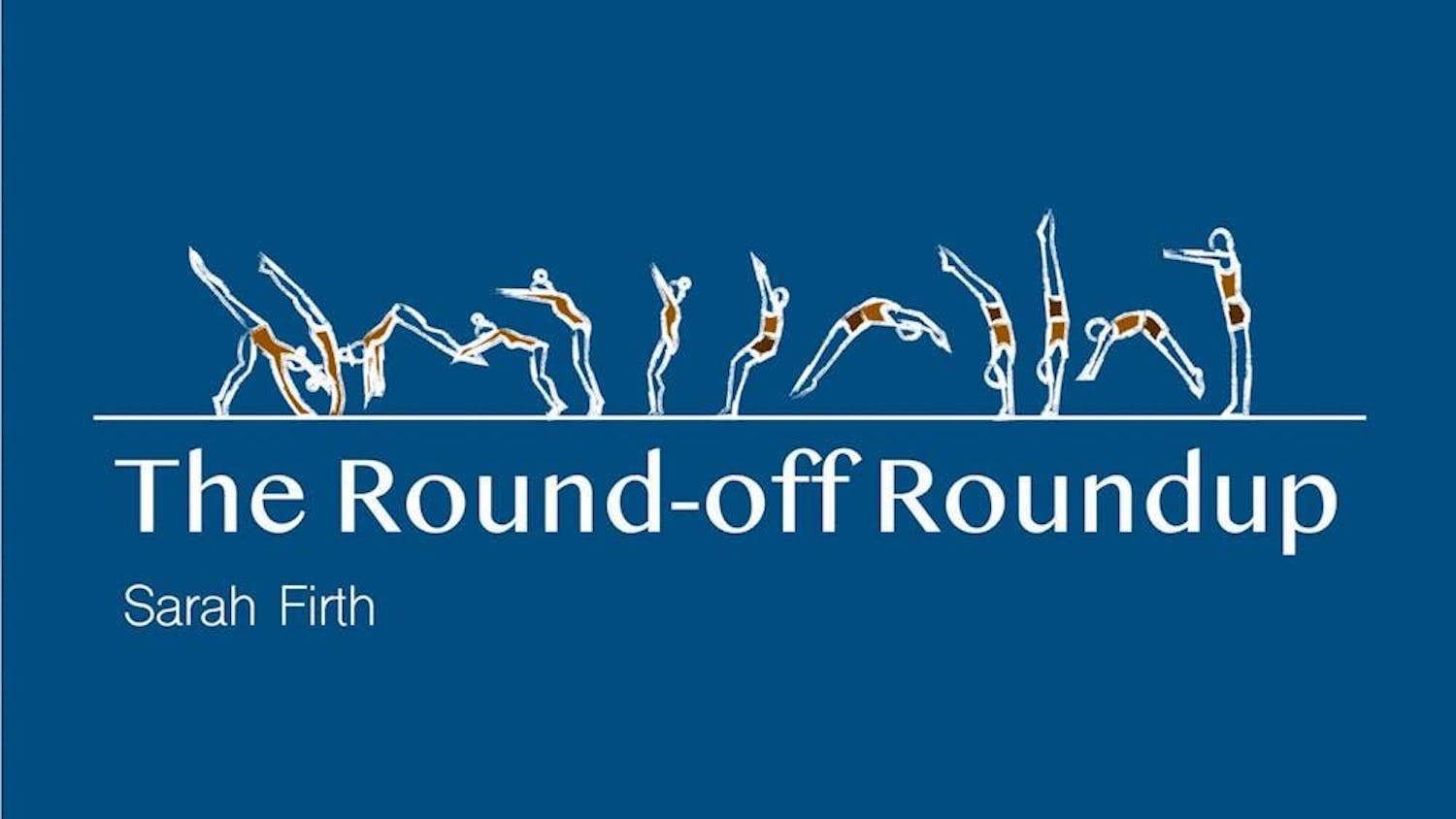The global population is rapidly approaching eight billion people. This growth necessitates increases in food production, resource extraction and overall consumption, putting a strain on remaining wildlife habitat. Oftentimes, our most precious refuges of biodiversity are left to the protection of impoverished local communities, raising the question: Who should bear the burdens of conservation efforts? Who should reap the benefits: locals or predominantly western conservationists?
Poaching is a classic example of this conflict between struggling local populations and concerned conservationists. The majority of modern poaching occurs within countries experiencing poverty where poaching is the most accessible source of income to sustain the livelihoods of local people. One rhino horn in South Africa can net 150,000 rand, roughly five years’ salary in one day’s work. With this kind of incentive, and the lack of other viable options, no wonder many choose to poach, and why shouldn’t they? Many locals receive minimal profits from tourism and are often forcibly relocated to make space for national parks, removing their access to many traditional food stocks as well as decreasing their ability to adapt to drought and other effects of climate change.
If the main economic and social benefactors of conservation are affluent, foreign elites, why should local populations bother protecting wildlife spaces? Conservation and tourism have increasingly been a source of class conflict in areas surrounding game reserves or national parks. A local politician in Kenya threatened that “we will start killing and feeding on the [wildlife] that are edible” if profits from tourism and conservation were not shared with the local population. There is a burden in protecting wildlife, and it is being supported by those who receive very little of the benefits.
In addition, locals have to deal with the effects of conflict with wild animals, including crop destruction, livestock slaughter by wild predators, diseases spread from wildlife to livestock and property destruction. In response, many of those bordering national parks kill wildlife both to protect their property as well as to retaliate for previous destruction.
I have experienced this firsthand while volunteering in Namibia with Elephant-Human Relations Aid, where I was tasked with building stone walls around local water tanks to prevent desert elephants from goring the tanks. Since the area was very arid, the locals relied on the stored water for survival, intensifying the conflict and leading to many instances of elephants being killed. The viable solution here must involve both acknowledging the rights of locals to live securely in addition to protecting endangered species.
The most feasible way to resolve the conflict is to give local populations control of the operations and profits of conservation efforts and tourism establishments. If local people are given true incentive to protect wildlife by establishing viable livelihoods in and around national parks and game reserves, then poaching will decrease and wildlife populations will grow. If protecting endangered species is to be a priority for conservationists in the coming century, then it is essential that it include local populations.





